Home>Gardening & Outdoor>Landscaping Ideas>Which Produces More Oxygen: Trees Or Grass
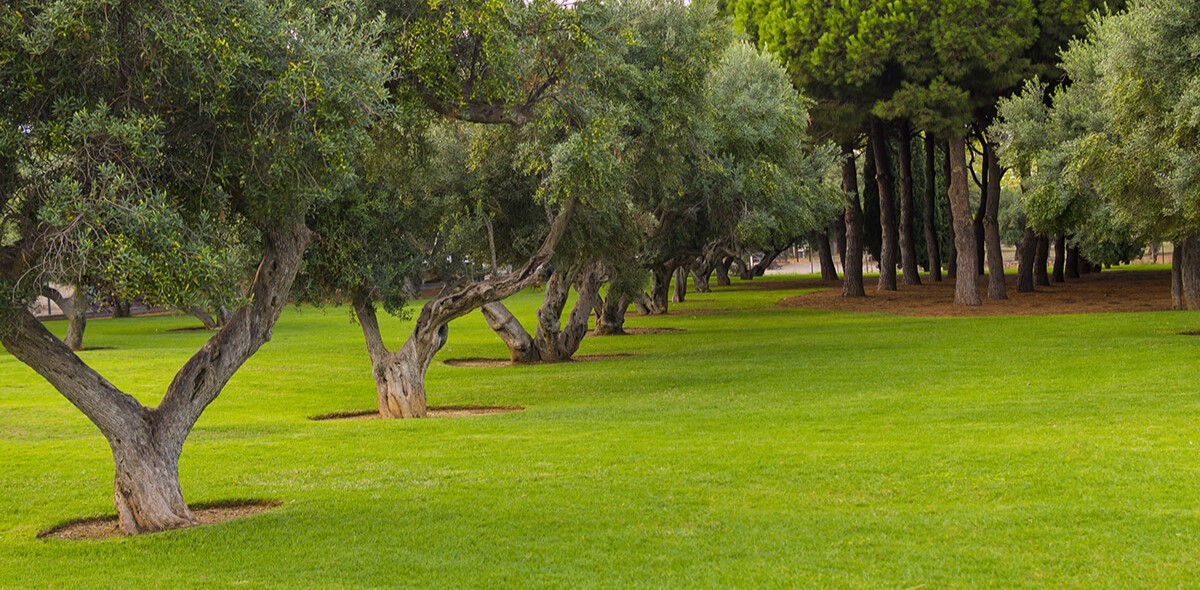

Landscaping Ideas
Which Produces More Oxygen: Trees Or Grass
Published: January 29, 2024
Discover the best landscaping ideas to maximize oxygen production. Learn whether trees or grass produce more oxygen for a healthier environment.
(Many of the links in this article redirect to a specific reviewed product. Your purchase of these products through affiliate links helps to generate commission for Storables.com, at no extra cost. Learn more)
Introduction
When it comes to the natural world, the production of oxygen is a vital process that sustains life on our planet. While we often associate oxygen production with lush forests and towering trees, the role of other greenery, such as grass, should not be overlooked. In this article, we will explore the fascinating world of oxygen production and compare the contributions of trees and grass in this essential process. By understanding the unique characteristics and functions of these two types of vegetation, we can gain a deeper appreciation for the intricate balance of nature and the ways in which different plant life enriches the environment. Let's embark on a journey to uncover the secrets of oxygen production and the remarkable roles played by trees and grass in this fundamental process.
Key Takeaways:
- Trees and grass both produce oxygen through photosynthesis, sustaining life on Earth. Trees are known for their significant oxygen output, while the widespread presence of grass also contributes substantially to oxygen production.
- Factors like climate, species diversity, and human impact influence oxygen production by trees and grass. Understanding these factors is crucial for preserving the delicate balance of oxygen and carbon dioxide in the atmosphere.
The Role of Trees in Oxygen Production
Trees are renowned for their significant contribution to oxygen production. Through the process of photosynthesis, trees utilize sunlight, water, and carbon dioxide to produce glucose and oxygen. The chlorophyll in their leaves absorbs sunlight, triggering the conversion of carbon dioxide and water into glucose, which serves as a source of energy for the tree, and oxygen, which is released into the atmosphere as a byproduct.
It’s fascinating to note that mature trees can produce a substantial amount of oxygen. For instance, a single mature tree can produce enough oxygen to sustain two human beings for a year. Moreover, forests, with their dense concentration of trees, are considered the lungs of the Earth, playing a crucial role in maintaining the balance of oxygen and carbon dioxide in the atmosphere.
Beyond their direct contribution to oxygen production, trees also offer numerous indirect benefits that support the environment. They help mitigate climate change by absorbing carbon dioxide, a greenhouse gas, from the atmosphere. Additionally, trees provide habitats for diverse wildlife, prevent soil erosion, and contribute to the overall health and biodiversity of ecosystems.
Furthermore, the sheer diversity of tree species means that different types of trees thrive in various climates and environments, allowing for oxygen production to occur across a wide range of geographical locations. This adaptability and resilience underscore the vital role played by trees in sustaining the planet’s oxygen levels.
The Role of Grass in Oxygen Production
While trees often take the spotlight in discussions about oxygen production, grass also plays a significant role in this essential process. Like all plants, grass undergoes photosynthesis, the mechanism through which oxygen is generated. Despite their shorter stature compared to trees, the collective impact of the vast expanses of grass across the globe should not be underestimated.
Grass, with its rapid growth and widespread presence in various ecosystems, contributes to the oxygen cycle in several ways. Through photosynthesis, grass absorbs carbon dioxide and releases oxygen, making a valuable contribution to the Earth’s atmospheric composition. Although individual blades of grass produce minimal oxygen compared to trees, their cumulative effect is substantial due to the sheer abundance of grass in diverse landscapes.
Moreover, the resilience of grass in diverse environments, including plains, meadows, and savannas, allows for consistent oxygen production across a range of geographical regions. This adaptability underscores the vital role of grass in maintaining oxygen levels and supporting the overall health of ecosystems.
Furthermore, grasslands serve as critical habitats for a myriad of species, promoting biodiversity and ecological balance. The interconnectedness of various organisms within grassland ecosystems reinforces the importance of grass in sustaining life and oxygen production.
It’s important to recognize that while trees are undeniably crucial for oxygen production, grass and other smaller plants collectively contribute significantly to the oxygen cycle. This highlights the intricate web of life on our planet and the diverse roles played by different forms of vegetation in maintaining the delicate balance of the Earth’s atmosphere.
Trees produce more oxygen than grass. A single mature tree can produce enough oxygen for 10 people in a year. So, planting more trees can help increase oxygen levels.
Factors Affecting Oxygen Production
The production of oxygen by trees and grass is influenced by a variety of factors, each of which contributes to the complex dynamics of oxygen generation in the natural world. Understanding these factors sheds light on the intricate processes that govern oxygen production and the delicate balance that sustains life on Earth.
- Climate: The climate of a region significantly impacts the rate of oxygen production by vegetation. Trees and grass thrive in different climatic conditions, and factors such as temperature, precipitation, and sunlight availability directly influence their photosynthetic activity and, consequently, oxygen production.
- Species Diversity: The diversity of tree and grass species within an ecosystem contributes to overall oxygen production. Different species have varying photosynthetic efficiencies and adaptability to environmental conditions, collectively enhancing the resilience and oxygen-producing capacity of the vegetation.
- Land Use Changes: Human activities such as deforestation, urbanization, and agricultural expansion can alter the landscape and vegetation cover, impacting oxygen production. Deforestation, in particular, diminishes the oxygen output of trees and disrupts the delicate balance of the oxygen cycle.
- Soil Health: The quality and nutrient content of the soil influence the growth and vitality of trees and grass. Healthy soil supports robust vegetation, leading to increased oxygen production, while degraded or nutrient-poor soil may hinder plant growth and reduce oxygen output.
- Carbon Dioxide Levels: The concentration of carbon dioxide in the atmosphere directly affects the rate of photosynthesis in trees and grass. Elevated carbon dioxide levels can enhance photosynthetic activity, potentially leading to increased oxygen production under certain conditions.
- Human Impact: Human activities, including pollution, industrial emissions, and the burning of fossil fuels, contribute to environmental changes that can affect oxygen production. These anthropogenic factors can negatively impact vegetation health and, consequently, oxygen generation.
By considering these factors, we gain insight into the intricate interplay of natural and human-induced elements that shape oxygen production. Recognizing the multifaceted influences on oxygen generation by trees and grass is essential for implementing sustainable practices and preserving the vital processes that uphold the Earth’s atmospheric composition.
Conclusion
The comparison of oxygen production between trees and grass reveals the interconnected roles of these two types of vegetation in sustaining the Earth’s atmospheric composition. While trees are celebrated for their significant oxygen output and their multifaceted environmental benefits, grass and other smaller plants also make substantial contributions to oxygen production, particularly due to their widespread presence across diverse ecosystems.
It is crucial to recognize that the combined efforts of trees, grass, and other vegetation collectively uphold the delicate balance of oxygen and carbon dioxide in the atmosphere, supporting life on our planet. The resilience and adaptability of trees and grass in various climates underscore the versatility of oxygen production across different landscapes, highlighting the intricate web of life that sustains the Earth’s ecosystems.
Furthermore, understanding the factors that influence oxygen production by trees and grass, including climate, species diversity, land use changes, soil health, carbon dioxide levels, and human impact, is essential for promoting sustainable practices and safeguarding the vital processes that maintain the Earth’s atmospheric integrity.
In conclusion, the contributions of trees and grass to oxygen production are invaluable, and both forms of vegetation play pivotal roles in shaping the environment and supporting the intricate balance of life on Earth. By fostering a deeper appreciation for the diverse mechanisms of oxygen generation and the interconnectedness of natural elements, we can work towards preserving the essential processes that sustain the planet’s atmospheric composition and the well-being of all living organisms.
Frequently Asked Questions about Which Produces More Oxygen: Trees Or Grass
Was this page helpful?
At Storables.com, we guarantee accurate and reliable information. Our content, validated by Expert Board Contributors, is crafted following stringent Editorial Policies. We're committed to providing you with well-researched, expert-backed insights for all your informational needs.
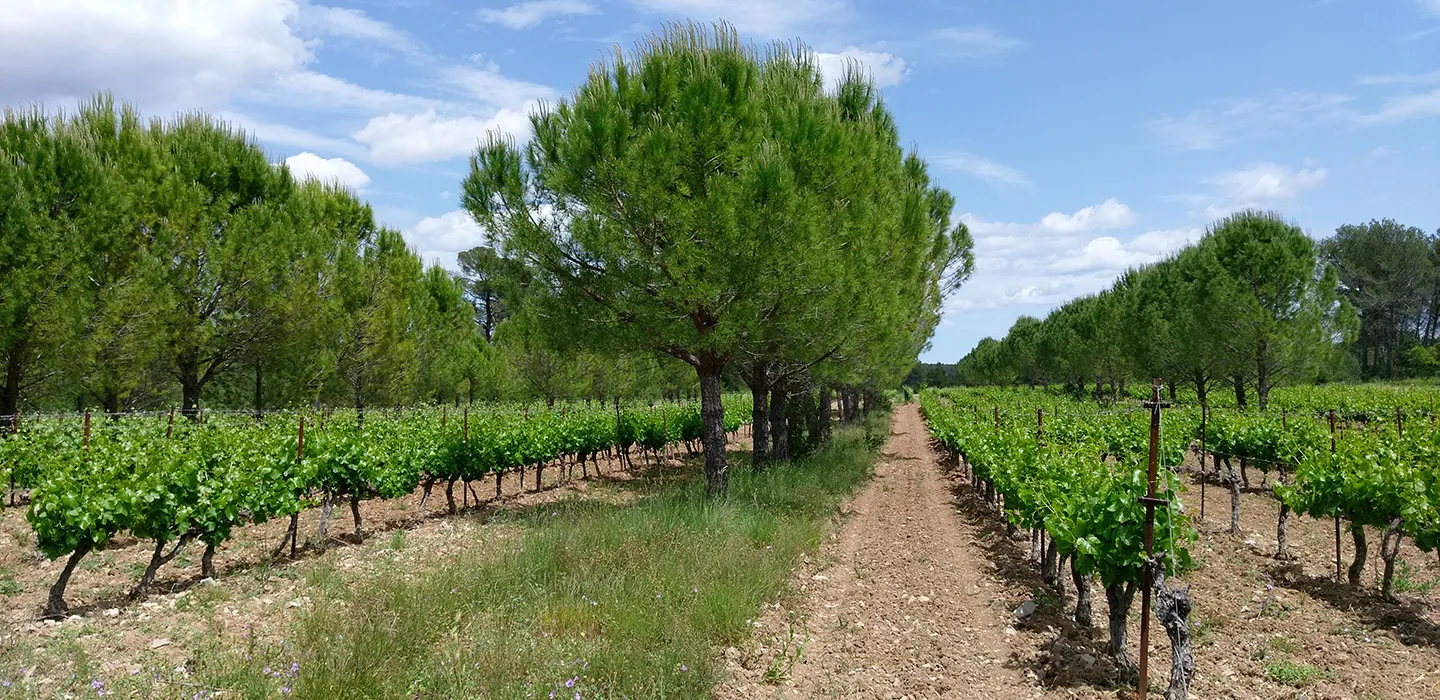

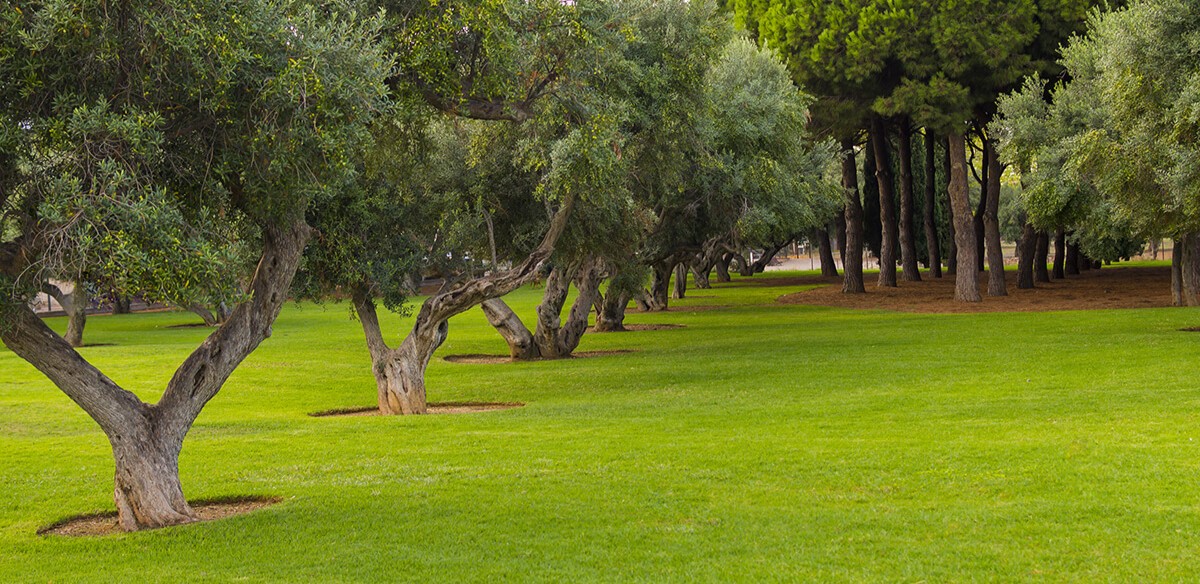
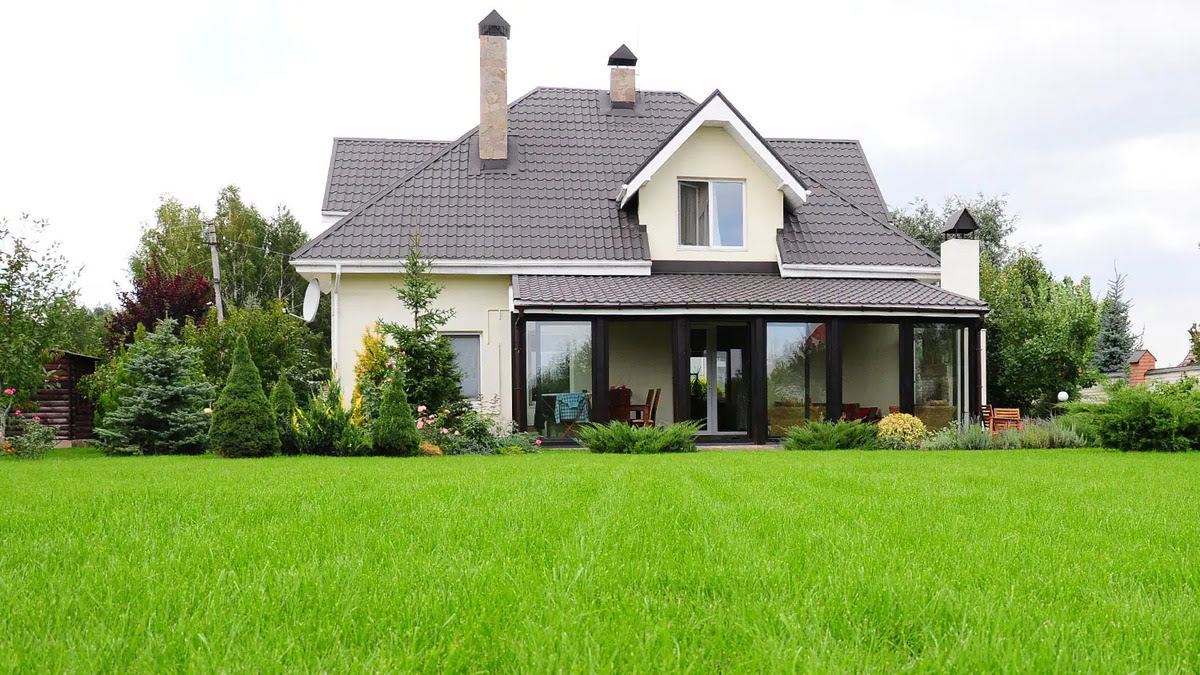
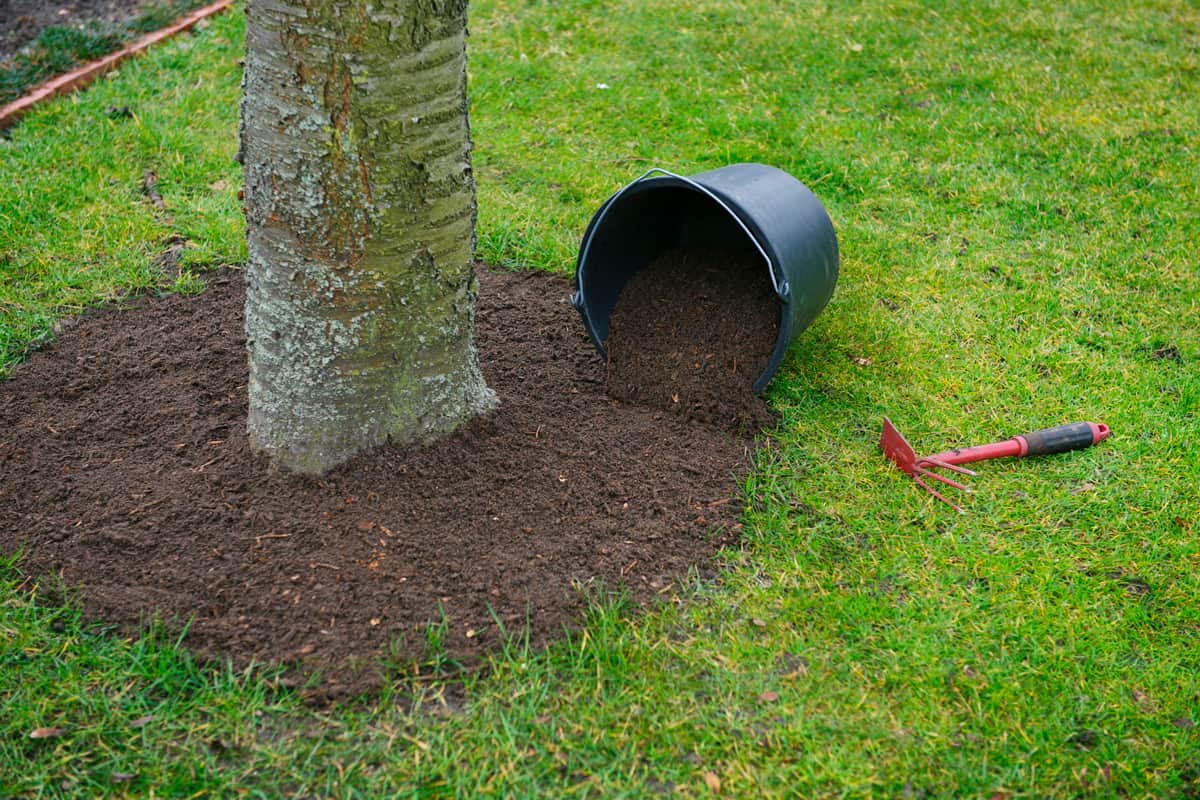
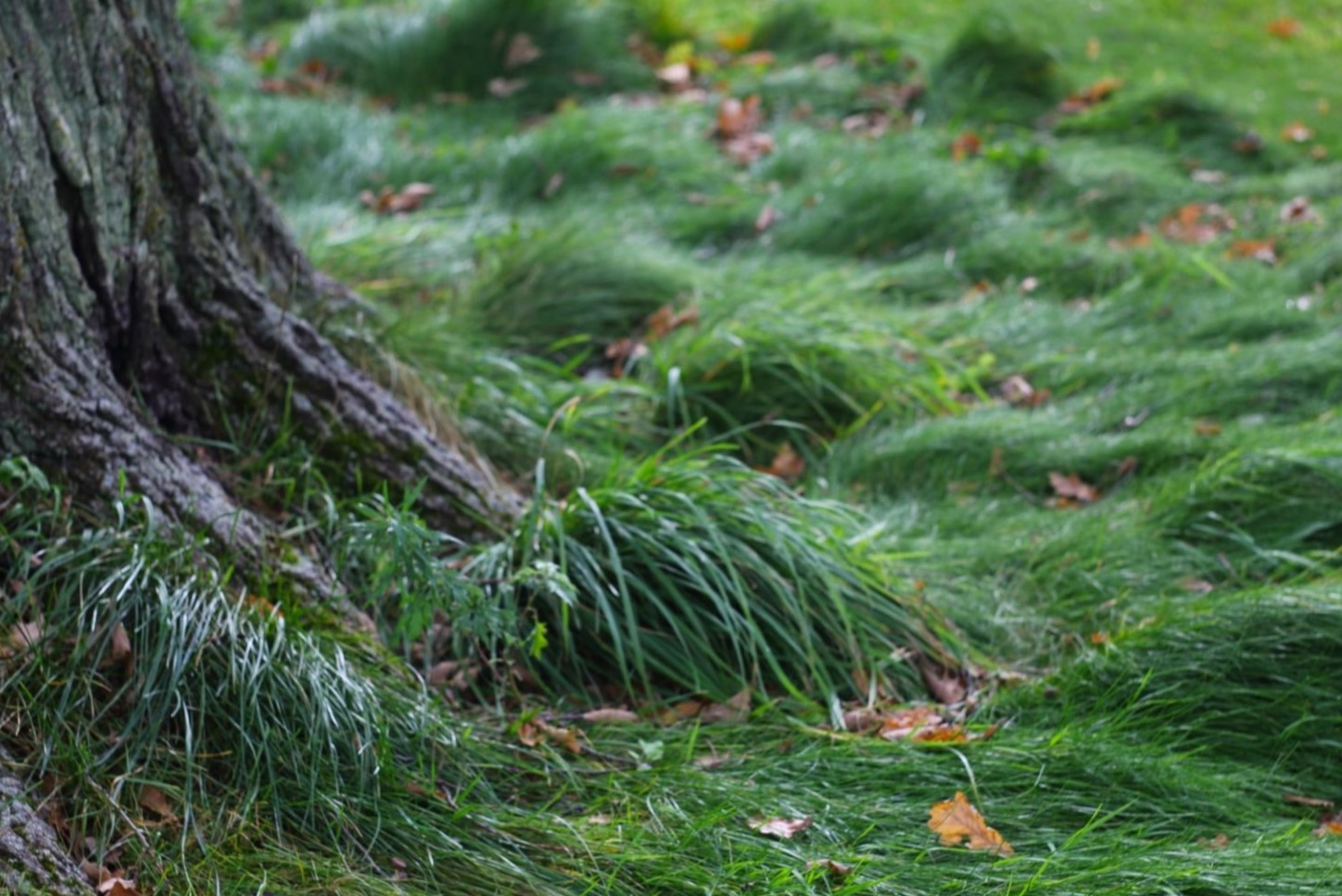
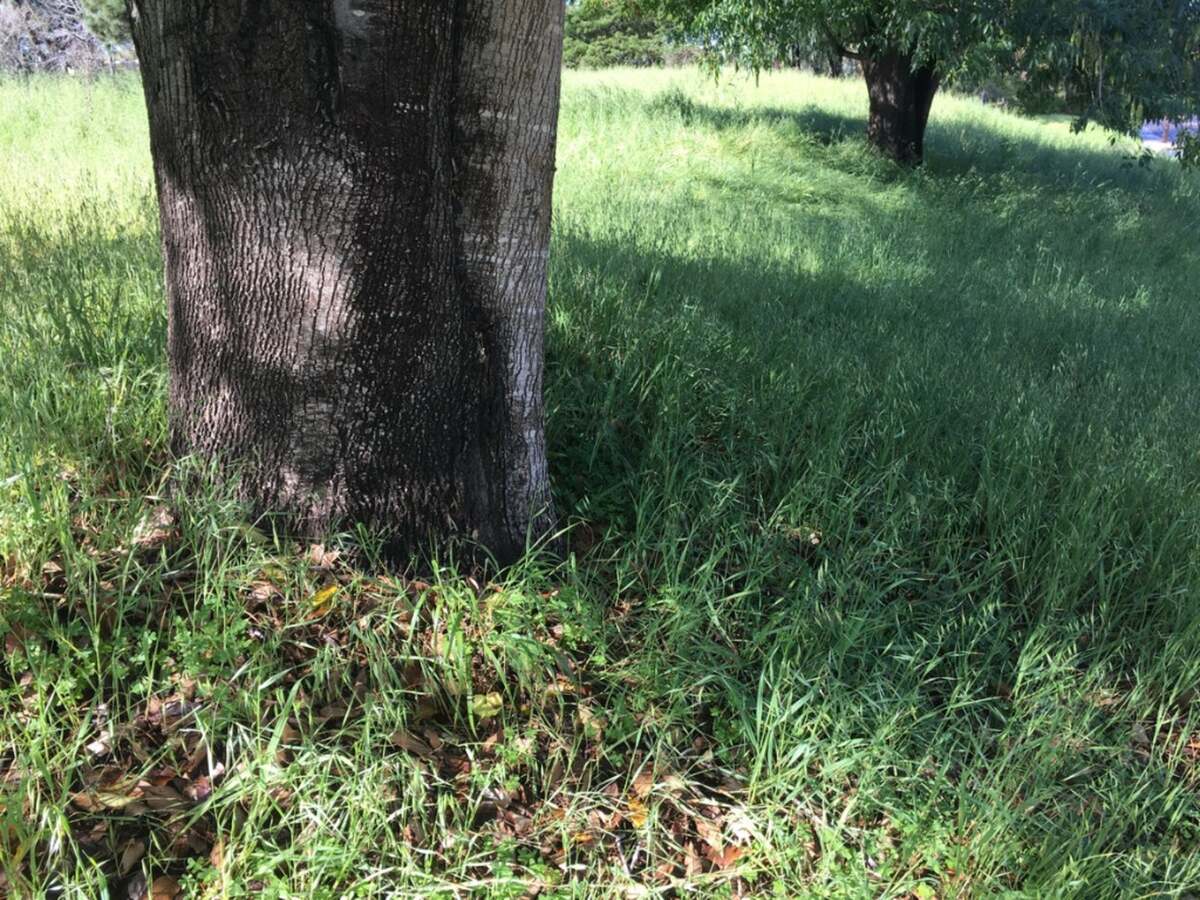

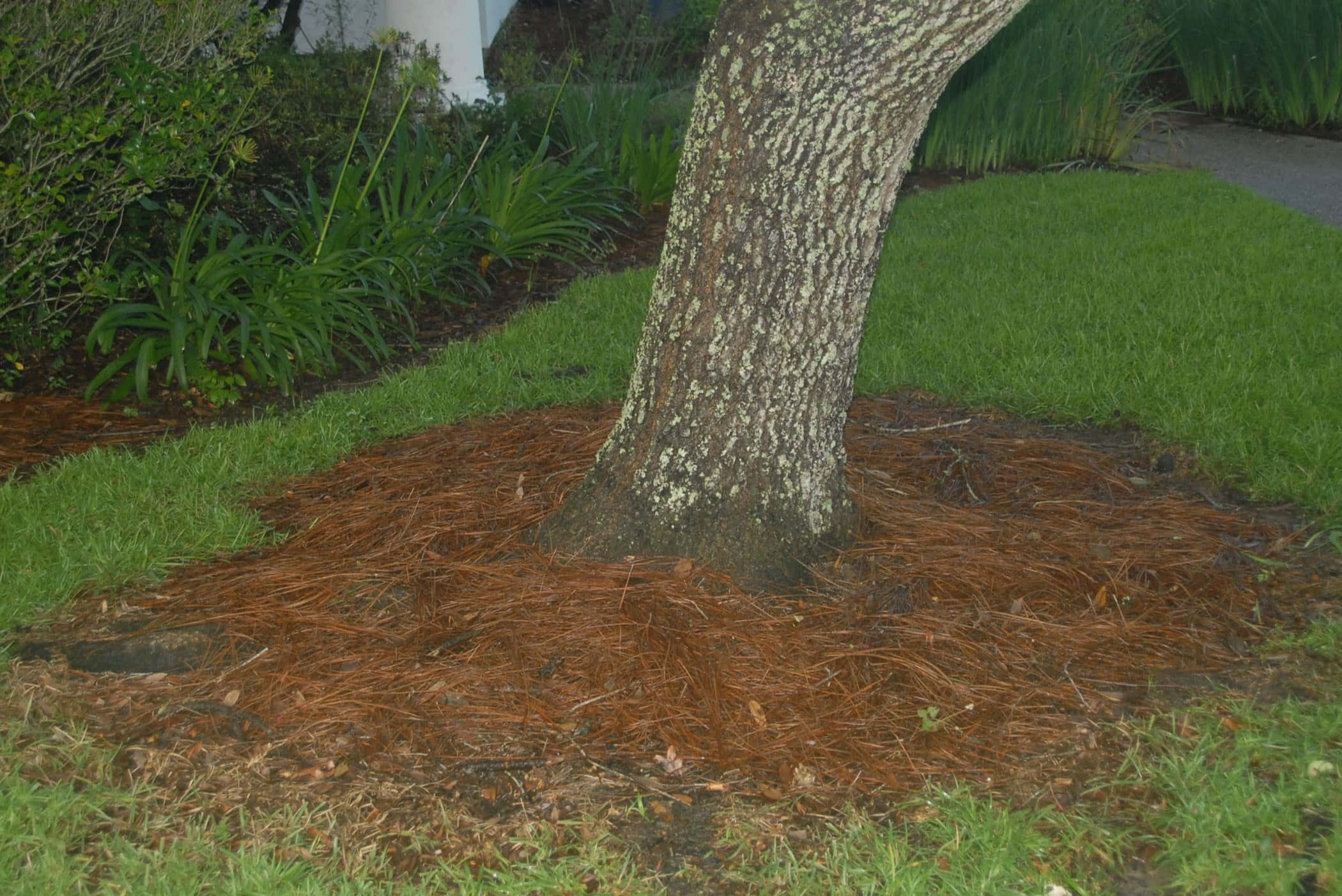
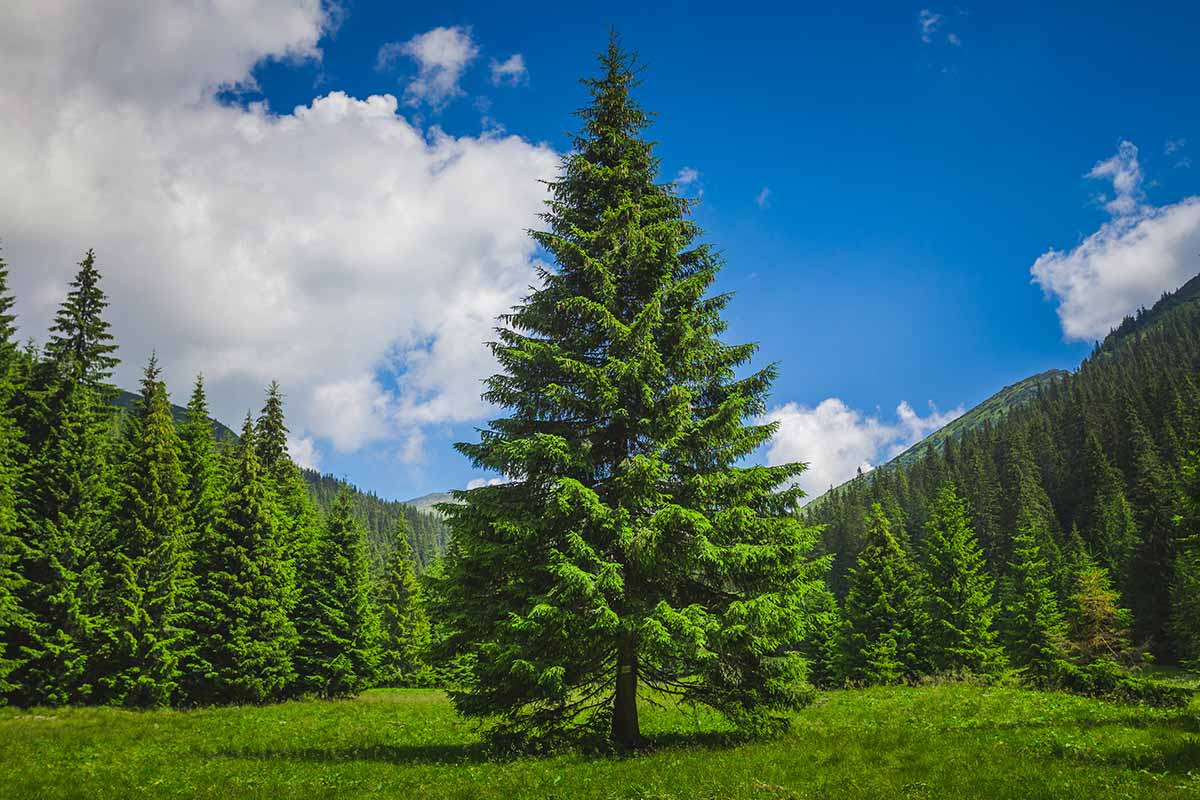

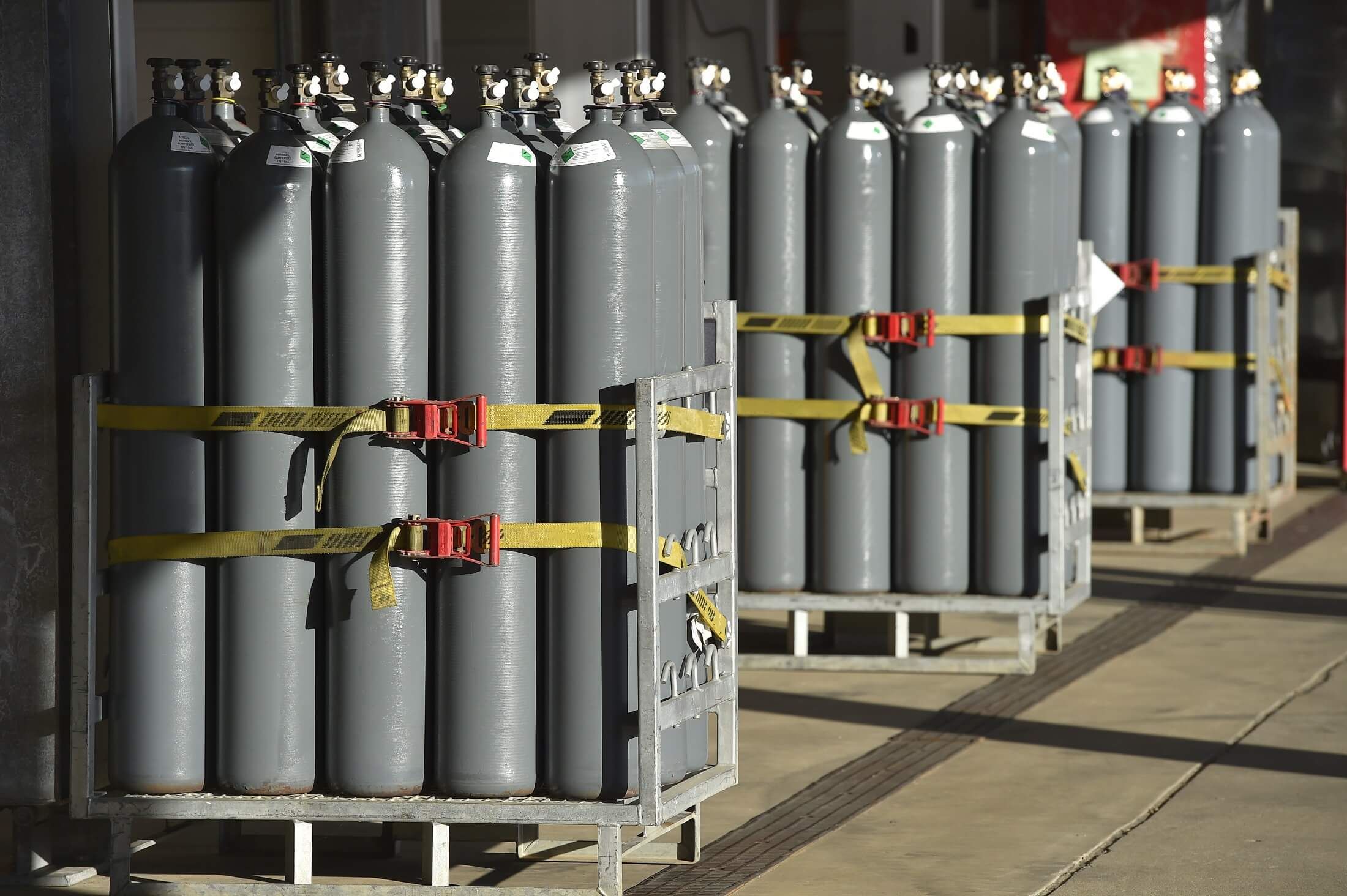

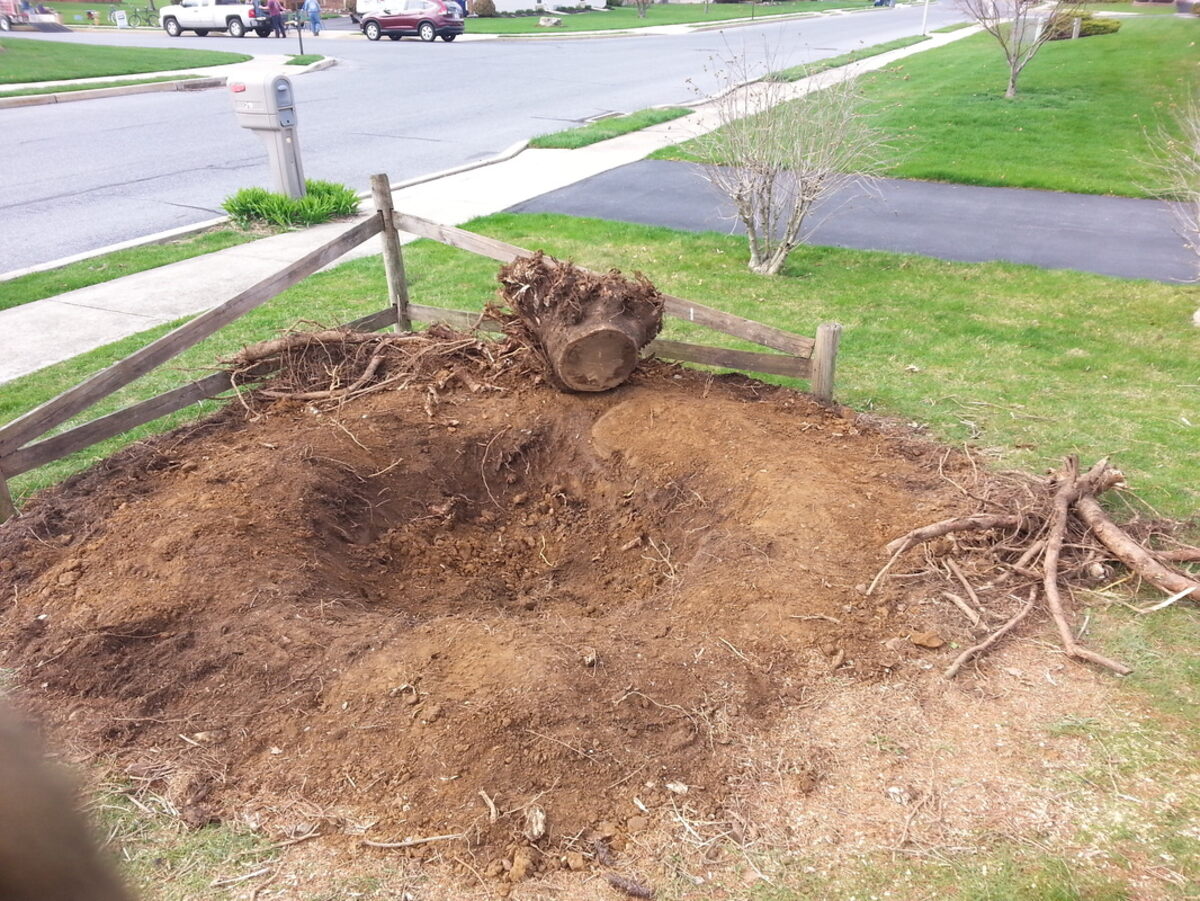
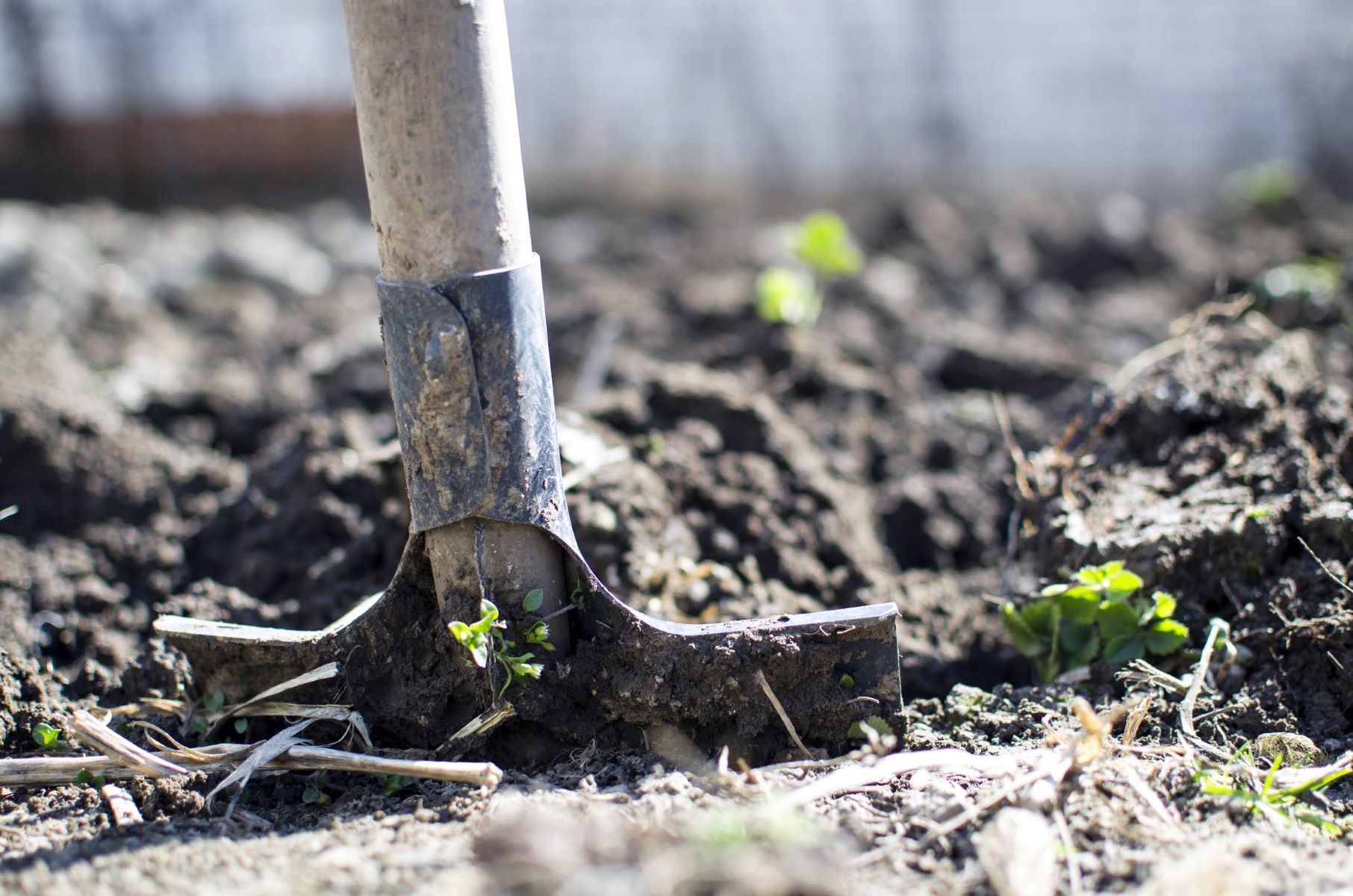

0 thoughts on “Which Produces More Oxygen: Trees Or Grass”